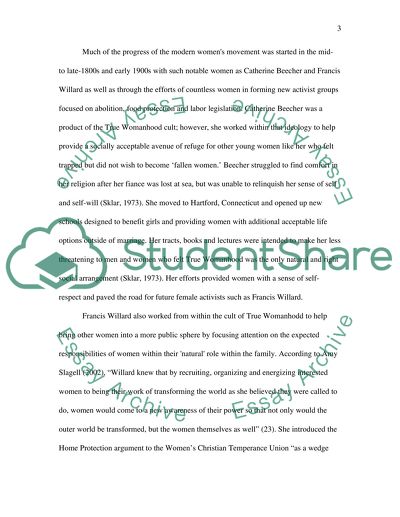Cite this document
(“Women's Liberation Coming Out of the 19th Century Research Paper”, n.d.)
Retrieved from https://studentshare.org/family-consumer-science/1411835-womens-liberation-coming-out-of-the-19th-century
Retrieved from https://studentshare.org/family-consumer-science/1411835-womens-liberation-coming-out-of-the-19th-century
(Women'S Liberation Coming Out of the 19th Century Research Paper)
https://studentshare.org/family-consumer-science/1411835-womens-liberation-coming-out-of-the-19th-century.
https://studentshare.org/family-consumer-science/1411835-womens-liberation-coming-out-of-the-19th-century.
“Women'S Liberation Coming Out of the 19th Century Research Paper”, n.d. https://studentshare.org/family-consumer-science/1411835-womens-liberation-coming-out-of-the-19th-century.


